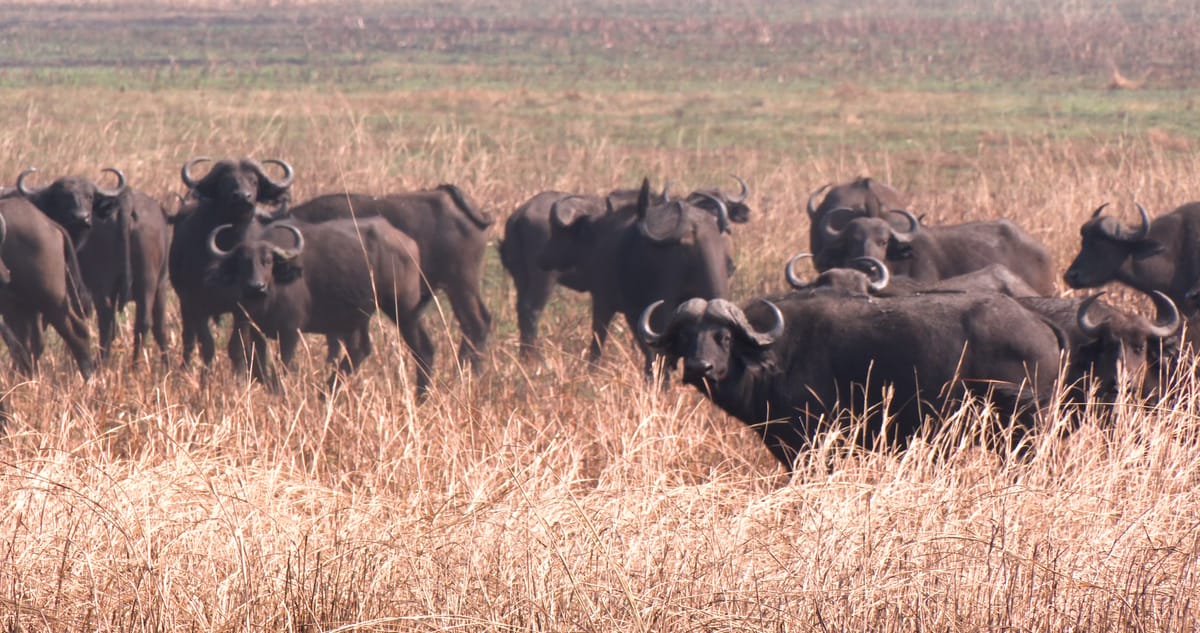Zambia

At Patrol, our mission is to raise awareness and support for critical wildlife conservation efforts across Zambia. With its vast rivers, the Zambezi, Luangwa, and Kafue flowing like lifelines through the miombo woodlands, Zambia faces unique challenges and opportunities in anti-poaching operations. These rivers not only sustain abundant wildlife but also unfortunately facilitate illegal ivory and bushmeat trafficking. Effective Zambia anti-poaching operations depend heavily on teams adept at navigating these waterways as confidently as they traverse land.
Patrol Framework for Wildlife Conservation Zambia
- Department of National Parks & Wildlife Rangers
- These government rangers form the essential backbone of Zambia’s wildlife protection across all national parks, leading on-ground operations and ensuring legal enforcement.
- Community Scouts
- Local scouts, recruited from Game Management Areas (GMAs) that surround protected regions, provide critical local knowledge and rapid response capabilities. Their deep-rooted understanding of terrain and communities significantly bolsters patrol effectiveness.
- NGO Quick-Reaction Forces
- Specialized, agile units supported by NGOs utilize advanced technologies such as drones, thermal imaging, and high-speed boats to rapidly detect and intercept poachers, especially in challenging terrains.
Signature River Patrol Tactics
Silent River Operations
Utilizing aluminum boats with hulls designed for stealth, patrol teams glide silently along rivers, engines off, alert to the subtle noises made by poachers. Equipped with night-vision goggles, rangers can clearly distinguish threats and coordinate via discreet VHF radios, often strategically encircling poachers mid-crossing.
Drone Surveillance
Fixed-wing drones regularly patrol riverbanks during twilight hours, providing critical real-time thermal imaging. Suspicious heat signatures—such as isolated campfires or concealed dugout canoes—are swiftly reported, allowing ground teams to intercept poachers proactively.
Community Intelligence Networks
Villages near conservation zones form integral parts of intelligence-gathering networks. Committees monitor unusual activities like gunshots, tire tracks, or sudden influxes of bushmeat sales. Alerts via WhatsApp are rapidly relayed to patrol teams, greatly enhancing operational responsiveness.
Key Patrol Hotspots in Zambia
- Lower Zambezi:
- Acting as a river patrol innovation hub, the Lower Zambezi regularly tests cutting-edge night-vision technologies, significantly enhancing nocturnal anti-poaching operations.
- Kafue North:
- This area blends teak forests with expansive grasslands, ideal terrain for deploying drones on extended-range patrols, enabling broader coverage and surveillance.
- Luangwa East GMAs:
- Here, community scouts receive financial incentives for providing actionable intelligence, fostering proactive community participation in wildlife conservation efforts.
Support Zambia Patrol Efforts: Practical Steps
Every individual can make a difference. Here are actionable ways to contribute:
- Donate Essential Supplies:
- Life jackets and additional fuel supplies help extend crucial river patrols, especially during prolonged nighttime operations.
- Solar Chargers:
- Providing solar chargers keeps critical communication tools operational during Zambia’s cloudy and wet rainy seasons.
- Amplify Conservation Stories:
- Sharing current wildlife conservation Zambia narratives through newsletters, social media, and networks helps sustain global attention and international support.
Explore our resources further to understand cross-border dynamics with operations in Zimbabwe, Mozambique, Botswana, and Namibia, providing comprehensive insight into regional poaching threats and the intricate issues surrounding ivory and bushmeat.
Join Patrol’s newsletter for ongoing updates, impactful stories, and ways to actively contribute to Zambia’s vital anti-poaching and wildlife conservation initiatives.

